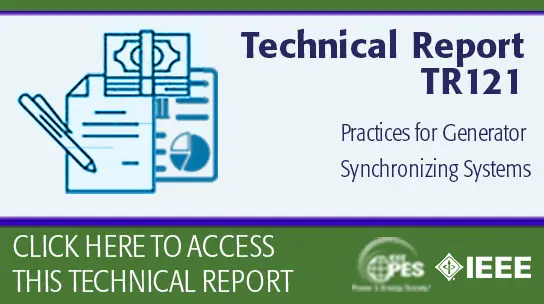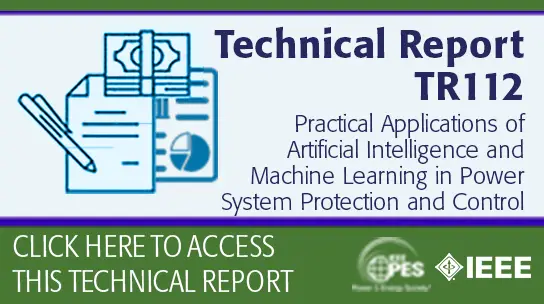-
Members: FreePES
IEEE Members: $45.00
Non-members: $70.00Pages/Slides: 83
21 Aug 1995
INTRODUCTION In the early 1990's the Power System Relaying Committee conducted a survey to detemine how major synchronous generators in North America were protected from short circuits and other abnormal electrical conditions. The result surprised those who conducted the survey, The major results of the survey indicated clearly that the responding protection engineering population, with a few notable exceptions, appeared to have little knowledge about the electrical protection of synchronous generators. In retrospect, this response was probably not altogether unexpected. In the past ten years, utilities have built few new generating plants. During this same period, many companies have downsized. These two factors have resulted in the loss of engineering experise in the area of generator protection. Survey findings also indicated that despite the clear need to upgrade older generator protection schemes to meet current IEEE ANSI C37 guide recommendations, utilities seemed reluctant to go into existing power plants to make needed modifications. This may be due to several factors: a lack of expertise, a misguided belief that generators do not fail often enough to warrant proper protection, a belief that operating procedures will cover protection design deficiencies. Also, there was little understanding of new concepts and protection schemes such as inadvertent energizing, 100% stator ground protection and sequential tripping. The response of the Power System Relaying Committee to the survey results has been two fold: 1) We are strengthening our C37 guides, which relate to generator protection, to more clearly indicate the need for the described protection and the risks of not providing it. 2) We have prepared this tutorial which we hope will provide the background necessary to better understand our C37 guides that relate to this subject and to publicize that these guides exist. Contrary to the belief of some, generators do fail due to short circuits or abnormal electrical conditions. In many cases, these failures can be prevented by proper generator protection. Generators, unlike some other power system components, need to be protected not only from short circuits but also from abnormal operating conditions such as overexcitation, overvoltage, loss-of-field, unbalance currents, and abnormal frequency conditions. When subjected to these abnormal conditions, damage or complete failure canoccur within seconds thus requiring automatic detection and isolation. In preparing the tutorial we have drawn on the considerable expertise that resides in the Power System Relaying Committee. We used a Task Force approach to write the document The Task Force tried to focus on the needs of utility and consulting engineers who are involved in generator protection. We concentrated on those areas of generator protection our survey indicated were the most misunderstood. In many cases, we explained our C37 guides which relate to specific protection areas. There are fourteen (14) sections of the tutorial. References, included in each section, provide even more detail. The individuals participating in this tutorial effort have generously donated their time and effort to produce what I believe is a very valuable document. I would like to express my appreciation to all the members of the Tutorial Task Force who worked so hard to produce and edit this document in record time. I'd like to specifically thank the individual section authors. Without their efforts this document would not have been completed. It is our hope that this effort will contribute to the better understanding of this important subject. C.J. Mozina Editor Tutorial Coordinator Download Full Version
Primary Committee:
Power Engineering Education Committee
Sponsor Committees:
Power System Relaying Committee


